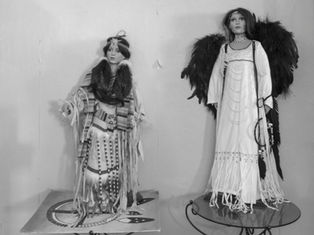WHERE THE WILD TURNIPS GROW
Located in south-central South Dakota, the Rosebud Reservation is home to the Sicangu Oyate, or Upper Brulé Sioux, a branch of the Lakota people. Historically nomadic, the Sicangu roamed the Great Plains, following the buffalo—the animal upon which they depended for survival.
In the late 1800s, after gold was discovered in South Dakota’s Black Hills, the federal government waged war against the Lakota to seize exclusive control of their ancestral homelands for farming, ranching, and mining. The war ended with the government forcing the Sicangu onto the Rosebud Reservation. Since then, relations between residents of the reservation and those of the small, primarily white towns along its borders have often been uneasy.
As a civil rights lawyer, I represented tribal youth in a lawsuit against one border town’s public school system. For years, white administrators had sought to drive Indigenous students out of the district by disproportionately disciplining and even criminally prosecuting them for minor infractions.
I began photographing this town, its residents and the surrounding landscape to better understand the prejudice and tension that had fueled the lawsuit. Over time, I came to see that the tension and prejudice were simply a manifestation of a centuries' long struggle over the Great Plains’ scarce economic resources.


















